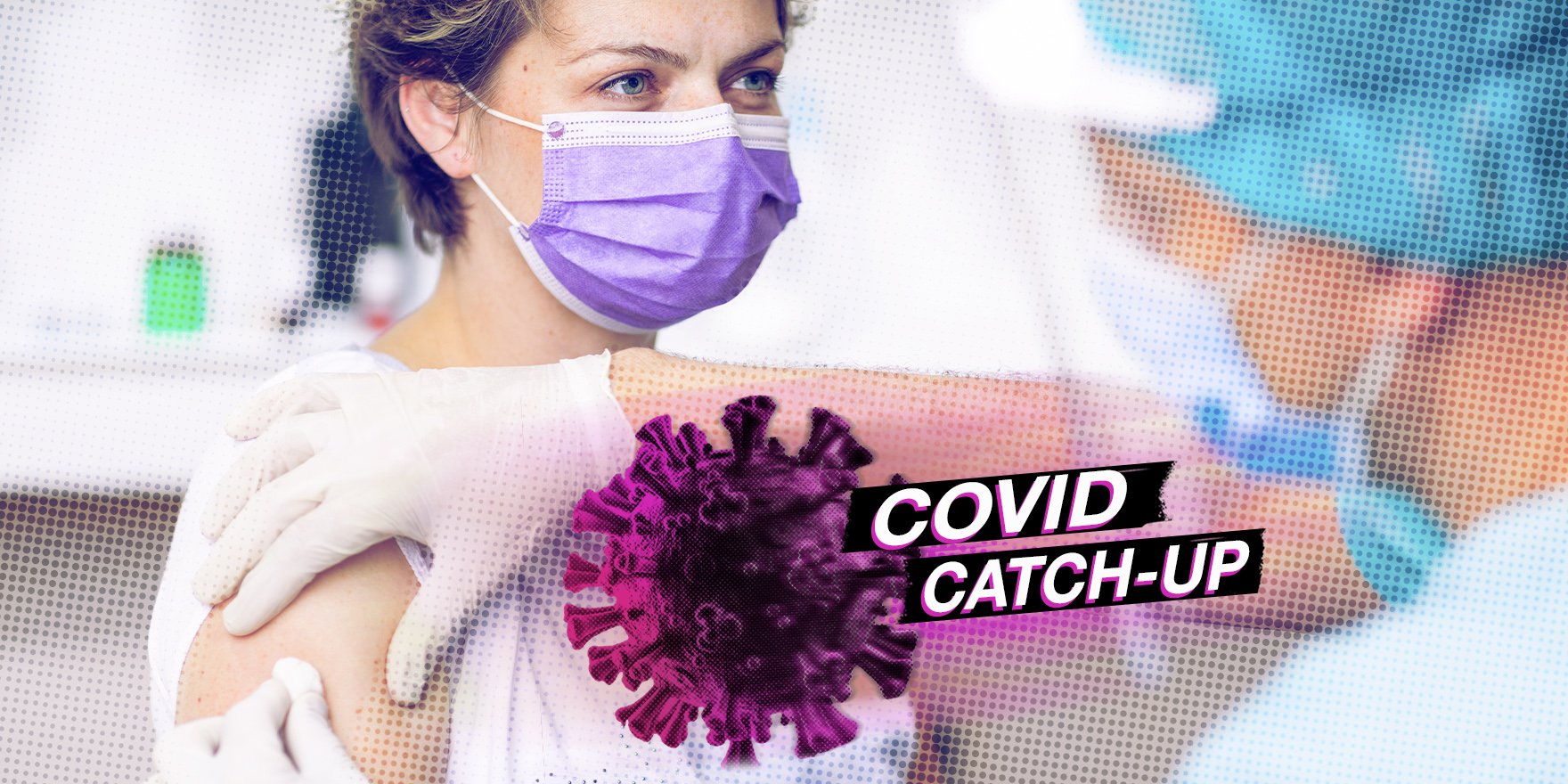Eli Lilly has halted its trial of bamlanivimab in patients hospitalised with COVID-19 as early data suggested the therapy was not going to be of benefit.
Welcome to The Medical Republic’s COVID Catch-Up.
It’s the day’s COVID-19 news in one convenient post. Email bianca@biancanogrady.com with any tips, comments or feedback.
27 October
- Eli Lilly halts recruitment for neutralising antibody trial in hospitalised COVID-19 patients.
- Significant reduction in admissions for acute and chronic non-COVID-19 conditions in New York hospitals.
- When are professional athletes safe to return to sport after COVID-19 infection?
- Latest confirmed COVID-19 infection numbers, and restrictions eased in Victoria.
- Eli Lilly has halted its trial of a neutralising antibody treatment in patients hospitalised with COVID-19 because early data suggested the therapy was not going to be of benefit.
The drug, called bamlanivimab (and who now has the chorus from ‘Black Betty’ stuck in their heads?), is also being trialled in a number of other studies, including the NIH-sponsored ACTIV-2 trial in mild to moderate COVID-19, and BLAZE-1 in non-hospitalised COVID-19. - A study of non-COVID-19 chronic and acute disease admissions to four New York hospitals during the first peak of the pandemic has found significantly lower levels of admissions for a large number of conditions including septicaemia, heart failure and appendicitis.
Writing in JAMA Internal Medicine, researchers reported that from March 1-May 9, 2020, there were 3657 non-COVID-19 hospitalisations, compared to 5368 over the same period in 2018 and 6411 in 2019.
Hospitalisations were significantly down across all categories: heart disease, stroke, biliary tract disease, epilepsy, skin infections, and even COPD.
“Given the breadth of these diagnoses, the causes for the decrease are likely multifactorial and include patient avoidance of emergency care for fear of COVID-192 or because of lost health insurance,6 increased threshold for hospitalization by clinicians, and changes in patient lifestyle and self-management in the context of social distancing,” the authors wrote. “The implications of the decreases in hospitalizations for chronic disease are concerning for the possibility that sick patients are not obtaining necessary hospital care; alternatively, this trend could suggest prior overuse of hospitalization or improved self-management. - When are athletes safe to return to sport after COVID-19? The authors of a special communication in JAMA Cardiology have raised the question, as growing evidence of COVID-19-associated myocardial injury even in mild or asymptomatic cases highlights the uncertainty about when professional athletes can resume physical activity after recovery.
While the report says there isn’t enough evidence to support cardiac magnetic resonance-based screening of all athletes with prior COVID-19 infection, the authors do recommend comprehensive cardiovascular risk stratification – including ECG and high-sensitivity cardiac troponin – in those who have experienced moderate to severe illness.
However the report acknowledged there were still major knowledge gaps around the cardiac effects of COVID-19 and how this will play out among elite athletes.
“As we collectively await critical data to advance our understanding of the outcomes of COVID-19 in athletes, it is of paramount importance that we do not lose sight of the value of thoroughly rehearsed emergency action planning that ensures timely response to the athlete who has collapsed with immediately available automated external defibrillation therapy.” - The secondary transmission rate for COVID-19 in New South Wales schools has been low, and the outbreaks that have occurred have been quickly contained, according to a report by the National Centre for Immunisation Research and Surveillance.
NCIRS has published its Term 3 report on COVID-19 in schools in the state, which found the secondary transmission rate in primary schools was 0.4%, high schools was 1.1% and 0.7% for early childhood centres.
Altogether this term, the state has had 34 schools investigated for a COVID-19 case in staff or students who attended while infectious. From the 39 primary cases, there were 33 secondary cases, and these included three larger outbreaks. The authors commented that these outbreaks involved factors such as primary cases attending school while symptomatic, a non-school-related overnight retreat, and participation in a music group. - Congratulations to all Victorians, who have weathered a difficult and extended lockdown period and brought the second wave of COVID-19 under control. Victoria has achieved another day of zero new cases and zero deaths and the state’s residents are rightfully celebrating with the easing of restrictions from midnight tonight, after which point most of the state is expected to hit hospitality venues like a ton of very thirsty and hungry bricks.
The 25-kilometre bubble limit remains in place, as does the border between Melbourne and regional Victoria, but all cafes, restaurants and pubs can reopen with an indoor limit of 20 people and outdoor limit of 50.
Retail and personal care services are also allowed to reopen, religious venues can have 10 people at indoor services and 20 people for outdoor services. Weddings can have 10 people and funerals can have 20. Offices can also reopen but people who can continue to work from home are encouraged to do so.
Another update is expected by November 8.
Here are the latest confirmed COVID-19 infection numbers from around Australia to 9pm Monday:
National – 27,527 with 905 deaths
ACT – 114 (0)
NSW – 4386 (4)
NT – 33 (0)
QLD – 1167 (0)
SA – 494 (3)
TAS – 230 (0)
VIC – 20,341 (0)
WA – 762 (2)



